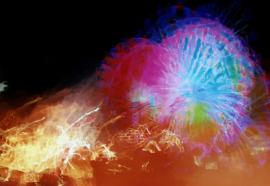Very Roughly Commensurate
Analyzing the Order 1000 comply filings from non-RTO regions.
Last fall, utilities across the country began filing tariffs with FERC to explain how they’ll comply with Order 1000. That’s quite a handful, but maybe not a stretch for the RTOs. Not so for the non-RTO regions.











